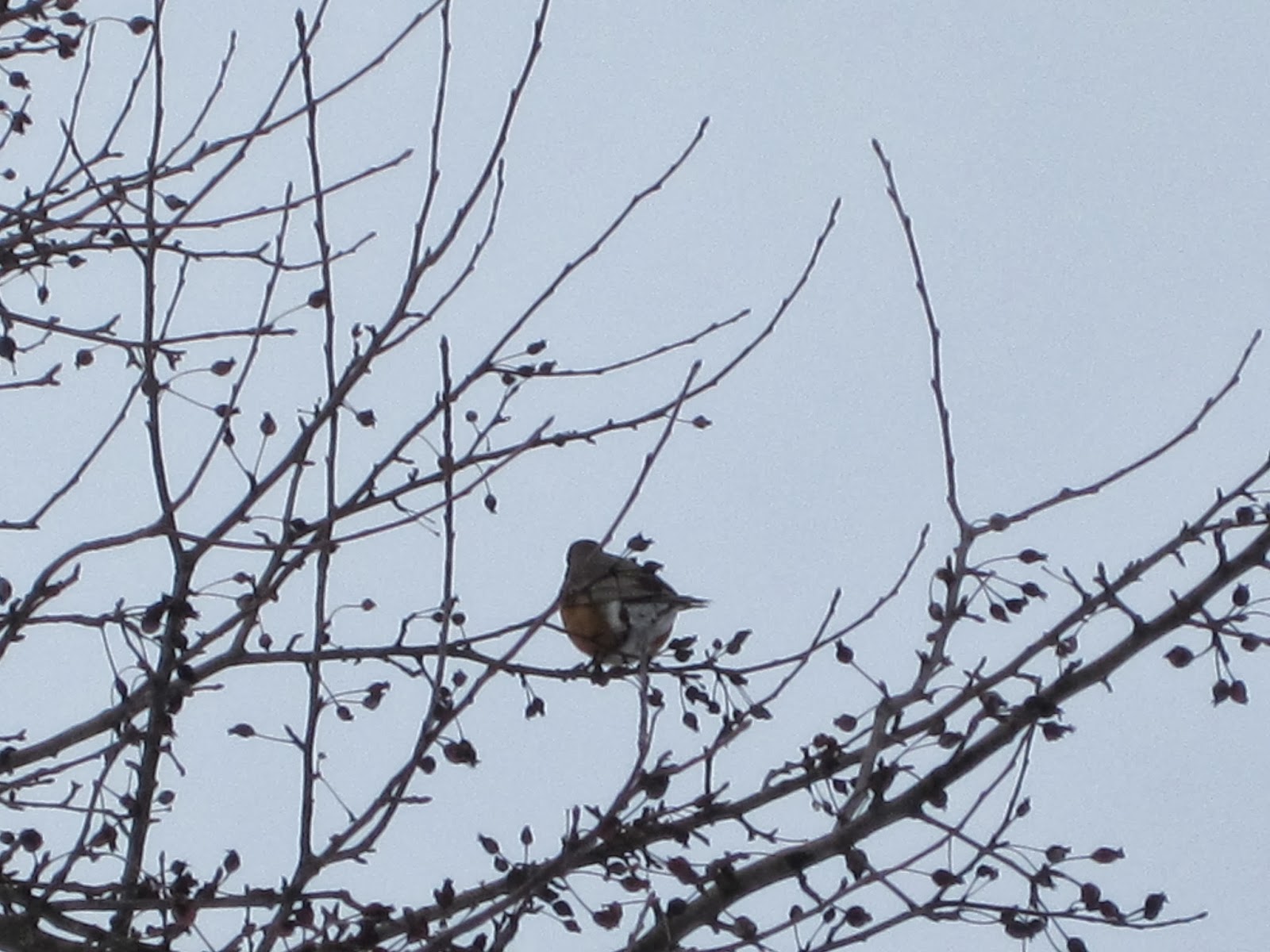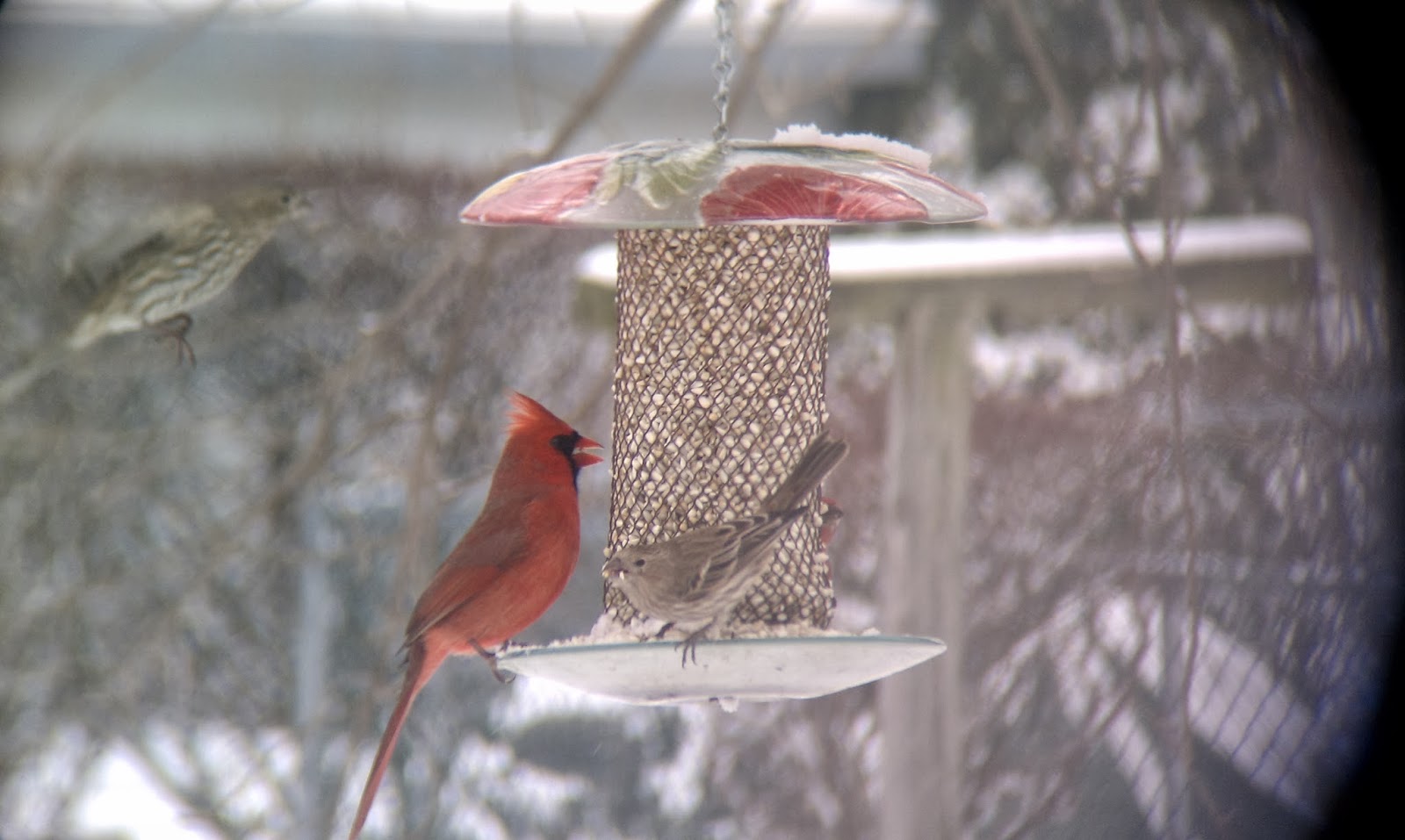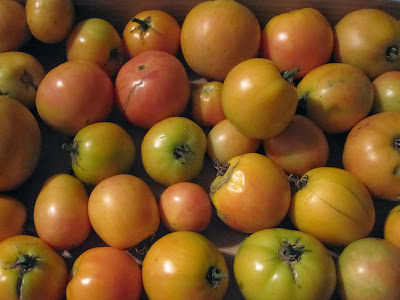It's been a summer unlike others here at the House of C and E, and one that has not lent itself to blogging. I know we've written more "we're back" posts than regular posts for a while now, but with luck, and perhaps a little guidance from unanticipated quarters, we are, really, back.
So to restart, how about a bit of a recap? This will mostly be outdoors, while E hopes to post some indoor shots shortly.
This way, friends:
This is a bit of a sneak preview, as the cushions were safely tucked away from the rain when I took this picture. But it is indeed a real patio set that is comfortable enough to linger which is what I hope will work best for us. We got it on on sale for the end of the season, but I think we should get some use out of it before we have to put it away, unless we have another Major Storm. Let's hope not. Pictures of the fully kitted set to follow.
Garden news now:
Sweet Jesus.
 |
| The vegetable garden as of September 1 |
 |
| The tomatoes are so tall and heavy that they're breaking through their cages. |
 |
| The sweet potatoes that ate...well, everything. |
As a point of comparison, here is the garden in May:
Now I realize this is not the first time I've posted Wild Kingdom photos of the garden. This does happen, in some form or another, every year. But really, new levels. The good news is, the weed barrier is doing its best to counteract the rampant growth that results from the mushroom soil we use as compost - growth which is great for our plants but a pain in the weed department. It really does work well, and though there are always renegades, they are much more manageable.
This year, the true accelereant has been the amazing amount of rain we've had. Though we still lag far behind our friends in the Pacific Northwest, our July/August dry spell never came. My theory is it's all because I actually put a soaker hose in the garden this year.
So our crops include:
- Three Sunsugar cherry tomatoes
- Two Opalka roma tomatoes
- One Longkeeper tomato
- Two habañero peppers, one orange, one Caribbean red, which is said to be twice as hot as a typical habañero
- Two serrano peppers
- Two poblano peppers
- Six bell peppers
- Four Anaheim peppers
- Two overgrown basil plants
- an unknown number of potato plants - I had problems with my cuttings this year, and, as a result, they came up sporadically, and now I have little idea of where they are now that they've started to die back, mostly due to...
- three sweet potato plants, our experimental crop of the year that started out as the saddest little striplings you could hope to see and, after playing possum until the first good rainy period, proceeded to play pool hustler and tru to strip the rest of the garden for all it was worth; I finally had to get in there and rip out feet upon feet of vines. Beautiful, but we'll be looking for a new system should we try again next year
- A little onion patch (Stuttgarts) which met with about medium success. Some didn't grow much at all, others rotted, a few thrived, the rest were middling. As my mother said, upon viewing them, "Inever really understood planting an onion to get...an onion." I know what she means, but I don't think that will stop me from trying once more next year.
- And this baby:

Can't you just hear its slow-rolling,
Orson Welles laugh? It's positively glistening with menace. This is a Ghost peper, or
Bhut Jolokia, 400 times hotter than Tabasco sauce. Some like to say it was "discovered" about five or six years ago, but as our friend from India says,"Discovered? We had those growing in the back yard back home. I could have made a FORTUNE." He explained that they simply touched their food to the peppers to get flavor and heat. We Americans are still in the process of putting our hands on the burner to make sure it's hot, apparently.
You're thinking, why? Because I have a little devil on on shoulder who is also a real person who stands behind me and insists I do certain things.
At the Garden Center of Wonders (actual name temporarily misplaced) which said devil and I just found this year, that has so many odd and fantastic plants:
C Mom: Get it for E, he'll love it.
C: He'll have no use for it, it's too hot.
C Mom: Have you ever actually seen one of these plants for sale before?
C: No, but...
C Mom: Get it. You're getting it. Here this looks like a nice one.
There it is.
Oh, and we're growing cilantro, both because we use it and it annoys my cousin who is
genetically deprived of liking it.
Some may have noticed an absence in the vegetable garden - the black raspberry bush that once thrived in the northeast corner was cut down to size and relocated to the south side of the house where it can throw its mad lines where it pleases, within a certain amount of reason.
This is the least visible and, thus, least ornamental, side of the house, so it's a good fit now that I know how eager this thing is.
We also moved one of its offspring, which at the time of transplantation was no more than 10 inches high. Now:
Trellis-worthy by next summer, no doubt.
On the more ornamental side of things, some sale acquisitions and some old favorites:
A new tree! E grew up with a mimosa in the yard, and it's the one thing he wanted at our place. It took some doing, as some nurseries and garden centers consider them invasive, but not the Garden Center of Wonders, which had a little two-footer for $8. Said two-footer is now easily eight if not more, but since it grew sideways, it was a few months until we realized it had changed at all.
Also:
 |
| Red peony, Karl Rosenfield, courtesy of Esbenshade's wonderful parking lot sale |
|
|
 |
| Bloomerang reblooming lilac, on sale at the Foliage Farm; I bought this in May but didn't get around to planting it, with E's help, until August. It seems perfectly happy, though, and is flowering now. |
 |
| Mazus ground cover, Esbenshade's |
|
|
 |
| Green Santolina, Esbenshade's |
 |
Spurge, which I am convinced was on sale at Esbenshade's mostly because it's called Spurge.
And now for some returning favorites:
|
|
|
|
The lavender patch, which started as three of these:
The morning glories...
...which have relocated themselves, and started out our first year here as this:
The beautyberry, purchased last fall, which made me really nervous because I planted it somewhat far from the house and late in the season, but is doing very well indeed:
More to come as we ease back into things. Thank you for coming back, and please stop by again.
Though our minds be filled with questions
In our hearts, we'll understand
When the river meets the sea
With love.























































